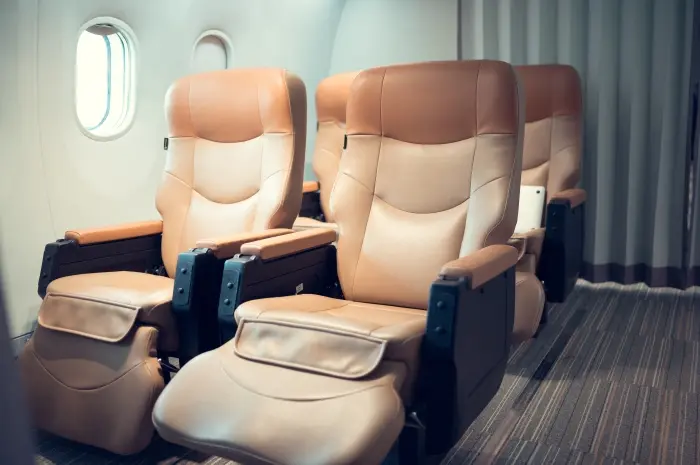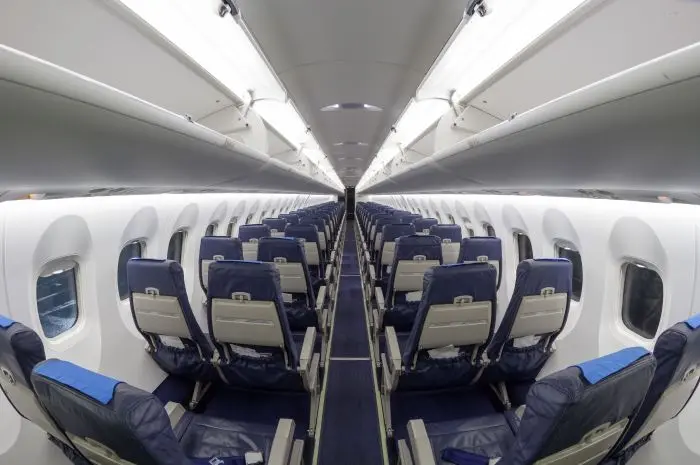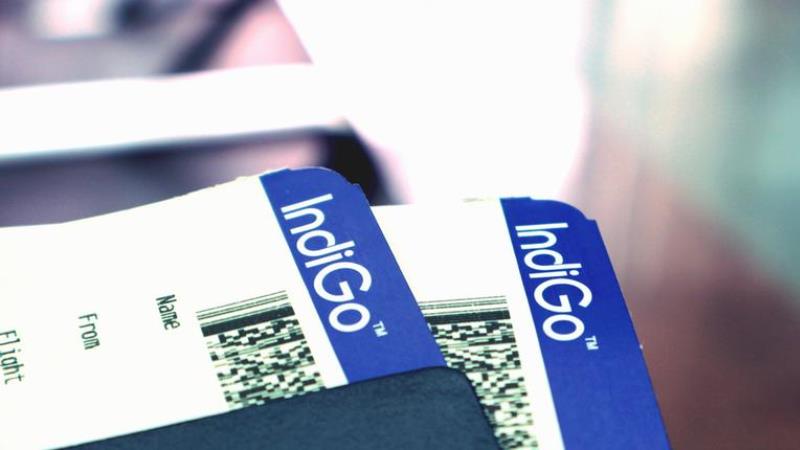Flying can be a complex experience, with a myriad of factors contributing to both comfort and frustration.
One common annoyance many passengers face is the misalignment of airplane seats. You board the aircraft, find your row, and discover that the window seat is either too far forward or too far back compared to the window itself.
This seemingly trivial misalignment has puzzled many travelers over the years. Is it an oversight, a design flaw, or is there a logical explanation behind it?
The mystery of misaligned airplane seats has intrigued frequent flyers and aviation enthusiasts alike. While it might seem like an odd and inconvenient quirk, there’s more to it than meets the eye.
The Mystery of Misaligned Airplane Seats Explained
Understanding why seats don’t always line up perfectly with windows or other cabin features requires delving into the intricacies of aircraft design, seating configurations, and the ever-important balance between maximizing revenue and ensuring passenger comfort.
Let’s explore the factors that contribute to this phenomenon and unravel the mystery behind those misaligned seats.
The Role of Aircraft Design
Aircraft design is a meticulous process that involves numerous trade-offs. The fuselage, or the main body of the plane, is designed with structural integrity and aerodynamics as top priorities.
Windows are spaced to maintain the strength of the aircraft’s frame, adhering to specific engineering standards.
When airlines configure the interior of the plane, they must work around these fixed points.
The mystery of misaligned airplane seats often begins here, as the alignment of seats to windows is secondary to the structural design of the aircraft itself.
Optimizing Cabin Space
Another significant factor is the airline’s goal to optimize cabin space. Airlines aim to fit as many seats as possible without compromising too much on passenger comfort.
The seating layout, including the pitch (the distance between a point on one seat and the same point on the seat in front of it) and the width of seats, is carefully calculated.
However, these measurements don’t always perfectly align with the fixed position of windows.
The mystery of misaligned airplane seats, therefore, is partly due to the need to maximize the number of seats, which sometimes results in imperfect alignment with the windows.
Customization and Variability

Different airlines customize their aircraft to meet specific needs, which can lead to variability in seat alignment.
For example, some airlines may opt for larger premium cabins, which shifts the alignment of economy seats.
Additionally, variations in seat models and spacing preferences further contribute to the mystery of misaligned airplane seats.
The customization process, while aimed at catering to diverse passenger needs and maximizing profitability, often results in the compromise of ideal seat-to-window alignment.
The Impact on Passenger Experience
While misaligned seats can be a minor inconvenience, airlines strive to balance this with other factors that enhance the passenger experience.
Modern aircraft are designed with advanced in-flight entertainment systems, improved legroom, and ergonomic seats to ensure overall comfort.
The mystery of misaligned airplane seats is just one aspect of a complex equation where airlines and aircraft manufacturers work together to create the best possible flying experience, even if it means occasionally sacrificing perfect alignment.
Conclusion
The mystery of misaligned airplane seats, while perplexing at first glance, is a product of the intricate and competing demands of aircraft design, space optimization, and customization.
Understanding these factors can help passengers appreciate the complexities involved in aviation and perhaps view their slightly off-center seat with a bit more understanding.
The next time you find yourself craning your neck to see out the window, remember that there’s a reason behind the design, grounded in the principles of engineering and the pursuit of a better overall flight experience.







